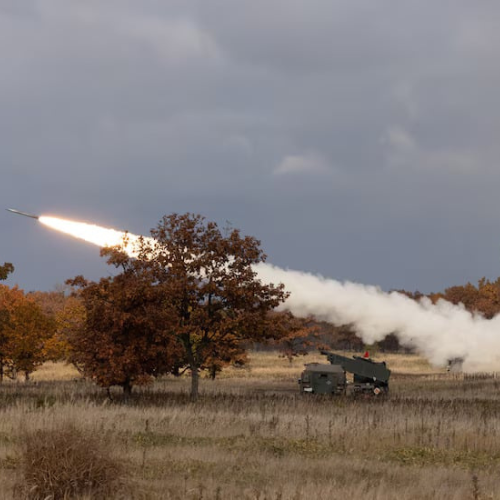The United States is making big moves to strengthen its military presence in the Indo-Pacific region, especially in Japan and the Philippines, by establishing temporary military bases. This is all part of a broader strategy to prepare for any potential conflict over Taiwan. These new plans show that the U.S. is ready to act quickly if things go wrong in Taiwan, where tensions with China have been rising. The establishment of military bases in key strategic locations is central to this strategy, signaling a strong commitment to regional security.
U.S. Military Bases in Japan’s Nansei Islands
One of the most significant parts of this plan is the deployment of U.S. troops to the Nansei Islands in Japan. This group, known as the 12th Marine Littoral Regiment, is specially trained for operations at sea and on the coast. Their mission is to be highly mobile, using amphibious vehicles to quickly get to the most needed areas. They are designed to be stealthy and can move without being easily detected. The regiment’s main goal will be to disrupt enemy actions, particularly in the waters between Japan and Taiwan. The U.S. Marine Corps will lead these efforts, but Japan’s Self-Defense Forces will assist by providing supplies, such as fuel and ammunition.
The plan to station the regiment along these islands will make it easier for the U.S. and Japan to work together if needed. They are also planning for the first formal joint operational plan, expected to be finalized by December, that will make this deployment official. The creation of military bases in this area strengthens the U.S.’s ability to respond quickly to any crisis.
Japan’s Defense Measures
As tensions rise, Japan is not only relying on U.S. support but is also stepping up its own defenses. The country is developing advanced cruise missiles designed to target enemy warships near its islands. These missiles will be equipped with special technologies, like radar jamming, to make them more accurate. Japan is also preparing hundreds of one-way drones that can be used in case of an attack. These drones will help protect Japan’s islands and could be crucial in defending the country if a conflict breaks out in the region.
Japan’s efforts to strengthen its military bases and expand its defense systems show a deeper commitment to its national security, while ensuring its preparedness to face any challenges in the region.
U.S. Expansion in the Philippines
In addition to boosting its presence in Japan, the U.S. is also expanding its military ties with the Philippines. The U.S. Army plans to station a group called the Multi-Domain Task Force (MDTF) in the Philippines. This force is different because it specializes in operations that involve land, air, sea, space, cyber, and information warfare. This makes them especially valuable in a complex situation like a potential conflict over Taiwan.
China’s Deceptive Tactics: The Dangerous Use of Disguised Fishing Boats in the South China Sea
One of the most important things the MDTF will bring is long-range fire units. These units are equipped with precision strike systems, which could help the U.S. and its allies take action if needed. By stationing these forces in the Philippines, the U.S. would be able to reach more parts of the Indo-Pacific and create a stronger deterrent against China. This shift in military strategy also reflects a deeper partnership with the Philippines. The country has already agreed to allow the U.S. military to use more military bases—rising from five to nine. This is part of the Enhanced Defense Cooperation Agreement (EDCA), which helps both countries strengthen their defense capabilities.
While the Philippines has long been cautious about allowing foreign troops on its soil, the growing threat from China has led to stronger military ties with the U.S. The recent deployment of the MDTF represents a shift from non-offensive roles to more active and potentially offensive capabilities. This is a major step forward in the relationship between the two countries, especially in relation to military bases.
Geopolitical Tensions
The U.S. decision to build up its military bases in Japan and the Philippines sends a clear message to China, which has been growing increasingly aggressive in the region. Beijing views these moves as a direct threat, particularly in relation to Taiwan. China has always considered Taiwan part of its territory, and any foreign military activity near the island is seen as a challenge to its power.
For Japan and the Philippines, these developments provide both a sense of security and some challenges. On the one hand, they benefit from the protection of the U.S. military in case of an emergency. On the other hand, these moves could increase the risk of becoming involved in a conflict over Taiwan, something their governments must carefully consider. The increased presence of U.S. forces at military bases may also face some resistance from local populations, who are concerned about the potential risks.
In the broader picture, these developments show how the U.S. is adjusting its military strategies to face the growing threat from China in the Indo-Pacific region. The expanded military bases in Japan and the Philippines highlight the U.S.’s commitment to maintaining peace and stability in the area, especially regarding Taiwan.


